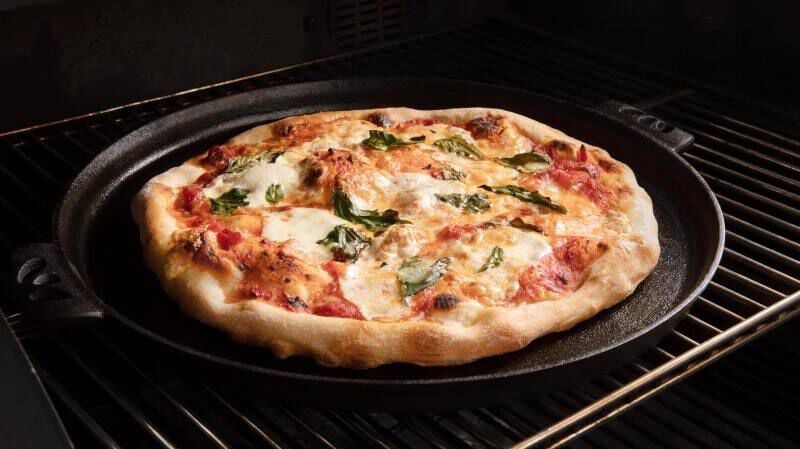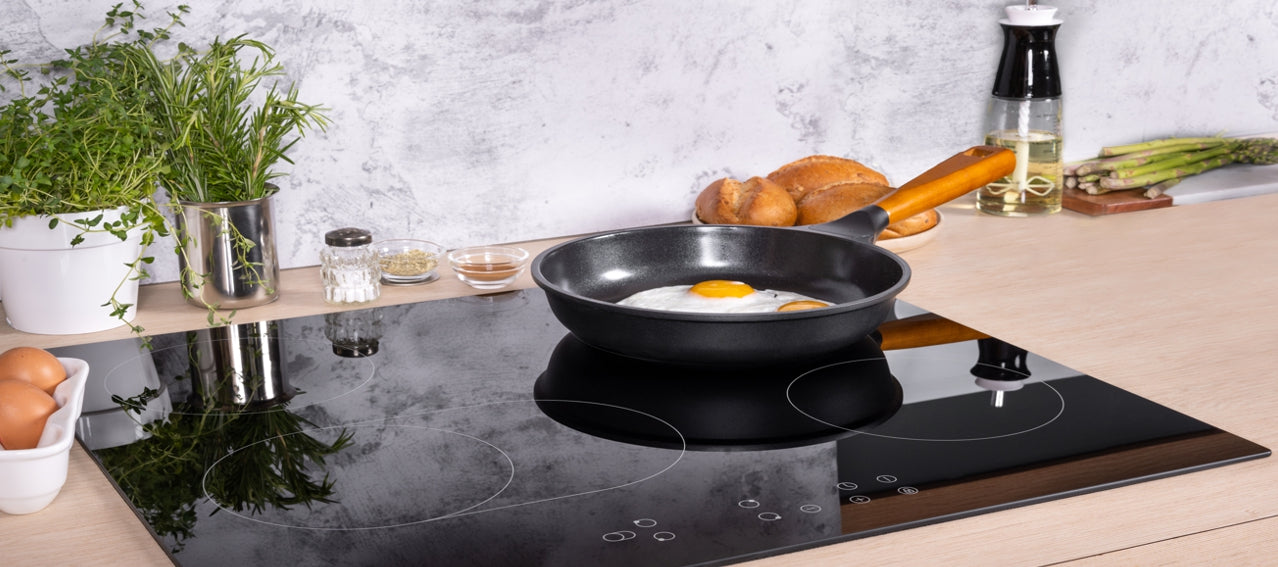Keen on taking your baking skills to new heights? An often overlooked but essential tool for kitchen professionals is the baking stone for a gas oven. This instrument is a game-changer in the culinary world, especially for those tirelessly seeking to achieve that perfect, crispy crust, which so often eludes even the most seasoned chefs. But why is this the case, and how can you wield this tool in your kitchen? Lets delve deeper into this fascinating journey.
:max_bytes(150000):strip_icc()/pizza-stone-testing-winners-lodge-pre-seasoned-cast-iron-baking-pan-wdickey-3-07-4acd6ee95c134013907ffa659ffb212d.jpeg)
Why Use a Baking Stone?
A baking stone is indispensable due to its ability to distribute heat evenly. The very nature of a gas oven often results in uneven heat distribution, a problem that many kitchen professionals battle with. When placed inside, your baking stone acts as a buffer, absorbing and radiating the heat evenly, turning your gas oven into a well-balanced hearth-like baking environment. It's your ticket to flawlessly baked bread and pizzas.
Curious about how stunningly effective a baking stone can be? Read more about its varied uses and benefits here.
Choosing the Right Baking Stone
Before rushing to add this tool to your cart, it's crucial to consider a few points. The type, material, and dimensions all play vital roles in your overall baking experience. Does your current gas oven accommodate the stone youre eyeing? And which material - ceramic, cordierite, or the much-discussed cast iron - fits your baking routine best? Explore a comprehensive guide on baking stone materials to make an informed decision.
Stone Size and Shape
The size and shape of the stone directly affect the kind of baking you can achieve. For kitchen professionals predominantly baking circular pizzas, a round stone does wonders. However, if you're opting for variety - from loaves to pastries - a rectangular stone offers greater flexibility. Learn more about choosing the right size from experts here.
Using and Maintaining Your Baking Stone
Once you have your stone, its deployment in your kitchen is straightforward. Preheat it with the oven to ensure a slick and efficient transfer of heat. Careful maintenance, though minimal, will preserve its longevity. Avoid using soap, as the stone is porous and absorbs liquids. A gentle scrub with water is often sufficient. Discover more in this detailed guide on using a baking stone effectively.
Common Pitfalls to Avoid
A frequent concern is thermal shock, where a rapid change in temperature causes the stone to crack. To avoid this, ensure the stone warms up gradually along with the oven. Also, refrain from placing cold food directly onto a hot stone. Instead, allow items to come to room temperature, ensuring a pristine baking experience.
Innovate Beyond Pizza and Bread
While traditionally associated with pizza and bread, your baking stone's potential extends far beyond. Think of tantalizing roasted vegetables or even delicate pastries that benefit from the evenly distributed heat. For more inspiration, check out this creative take on diverse baking techniques here.

Making it Work in a Commercial Kitchen
In commercial kitchens where time and precision are paramount, integrating a baking stone into a gas oven streamlines operations. It ensures consistent results for large batches, making it a staple for bakery and restaurant settings seeking to deliver artisanal-quality bakes.
FAQs
1. Can I leave the baking stone in the oven all the time?
Yes, but ensure the stone is adequately maintained and cleaned after use to prevent leftover residue from affecting the baked goods.
2. How do I prevent the stone from cracking?
Avoid thermal shock by ensuring a gradual warm-up with the oven and by not placing cold items directly onto the stone.
3. Is there a best material for baking stones?
This largely depends on your baking needs: cordierite is excellent for durability, while ceramic offers effective heat retention. Learn more about materials here.
By adopting a baking stone for your gas oven, youre not just elevating your baking but also amplifying the flavors, textures, and presentation of your culinary creations. Let it transform your kitchen experience, ensuring each bake, roast, or grill embodies professionalism and quality.
This article contains affiliate links. We may earn a commission at no extra cost to you.






Leave a comment
This site is protected by hCaptcha and the hCaptcha Privacy Policy and Terms of Service apply.